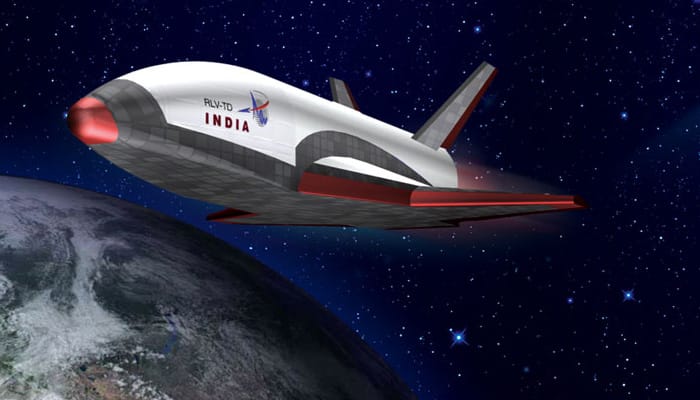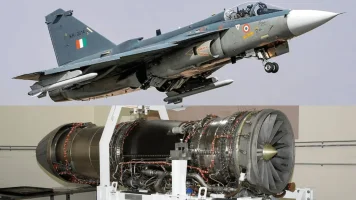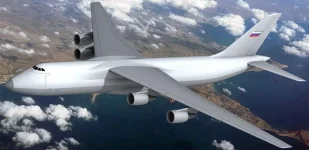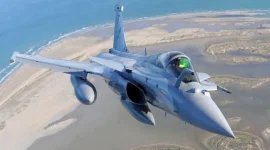- Views: 1K
- Replies: 11

The Indian Space Research Organisation (ISRO) has made remarkable strides towards developing a cost-effective and reusable space transportation system. The successful autonomous landing of its Reusable Launch Vehicle (RLV) technology demonstrator, named "LEX," is a significant leap forward in this endeavor.
The RLV LEX is a winged space plane designed for vertical takeoff, orbital missions, satellite deployment, and autonomous runway landings upon return to Earth.
This reusability sets it apart from traditional expendable rockets, offering the potential to drastically reduce launch costs. The recent ISRO mission validated the vehicle's ability to navigate and land autonomously, proving its capability to operate under demanding conditions.
ISRO's ambitions don't stop at landing tests. Next, they plan to develop a Reusable Launch Vehicle – Orbital Re-entry Vehicle (ORV). This evolved version will use a launch vehicle based on existing GSLV and PSLV stages to reach orbit. After spending a designated period in orbit, the ORV will execute a controlled return and autonomous runway landing.
The Indian Air Force (IAF) has expressed keen interest in the RLV program, envisioning its potential as the Indian Air and Space Force (IASF) evolves. The IAF views the space plane as an ideal platform for testing cutting-edge sensors and satellite technologies directly in the challenging environment of space. This collaboration between the IAF and ISRO could lead to substantial advancements in India's military space capabilities.
While the IAF's interest adds a strategic dimension, ISRO's primary driver behind the RLV is straightforward: to drastically decrease the cost of accessing space.
A reusable launch vehicle system promises low-cost, reliable, and on-demand access to space. This will allow for more frequent space missions and open up a wider range of space exploration possibilities.




